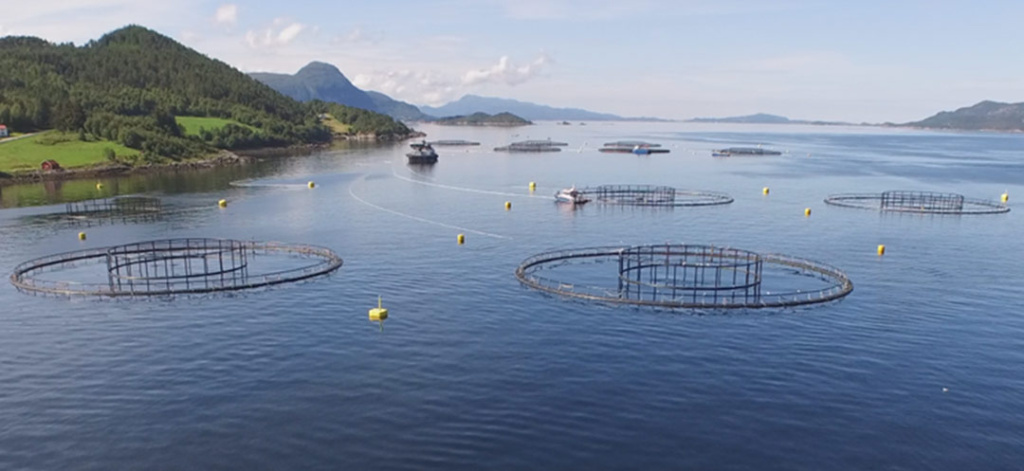
Feeding fish without waste
In aquaculture, feeding isn’t just a routine task, it’s the single most expensive operation. Feed costs represent up to 60% of total production expenses. Yet despite this, many salmon farms still rely on manual decisions or simple models to decide how much to feed.
Overfeeding wastes feed and pollutes the environment. Underfeeding slows fish growth and harms welfare. And fish appetite is tricky. It changes with oxygen levels, temperature, fish health, and even how long it’s been since the last delousing treatment.
What if we could know, with confidence, when fish are hungry and how much they need – in real time?
Sustainability, growth, and welfare
Precision feeding isn’t just about saving money. It’s about reducing the environmental footprint of fish farming, improving fish welfare, and boosting growth – all at once.
In traditional feeding, decisions are often based on experience and gut feeling. But in a world where climate change affects ocean conditions daily, that’s no longer enough. We need smarter, more adaptive systems that help us make better decisions on the spot. That’s where the pilot RACE Autofôring comes in – a project by SINTEF Ocean, in collaboration with Spillfree and SalMar.
AI with an appetite
At the heart of this innovation is a digital assistant – AI trained to watch fish behavior and recommend feed amounts in real time.
The pilot takes place at Korsneset, where seven sea cages are used to test the system’s advice against traditional feeding methods. Some cages are guided by the machine learning-powered recommendations, while others serve as controls.
AI continuously analyses underwater video to detect how actively fish feed and whether uneaten pellets sink. Unlike manual systems that analyse footage after feeding is done, the novel AI-powered system makes decisions as it happens, giving operators immediate feedback on whether to increase, decrease, or stop feeding.
This real-time decision support allows feed operators to act faster and more accurately, potentially reducing waste and improving fish growth rates.

How does it work?
The system combines data from:
- Underwater video (to monitor fish activity and pellet sinking)
- Biomass sensors (to estimate fish size and number)
- Environmental sensors (oxygen, temperature)
- Production systems like Fishtalk (with data on fish origin, treatments, and growth history)
Machine learning models, including advanced tools like decision trees, process all this information to predict the best feeding strategies. These models are constantly being compared with traditional growth models to refine and improve their accuracy.
Importantly, the project is developing a new “performance score” to replace manual assessments of whether a feeding session was optimal. This helps make AI-based decisions more transparent and easier to trust.
Results and next steps
So far, results are promising. Feeding strategies guided by AI show potential to improve feed efficiency (lower Feed Conversion Rate – FCR) and specific growth rates (SGR) while also supporting better welfare monitoring.
Fish farmers involved in the pilot are also evaluating the system as a practical tool: Is it easy to use? Does it save them time? Can it be trusted?
The answers will help shape the next phase: full deployment of the system at Singsholmen site in summer 2025.
Looking ahead: Smarter, greener aquaculture
The RACE Autofôring pilot is more than just a tech trial, it’s part of a broader move toward precision fish farming, where data-driven decisions replace guesswork.
With climate change, rising feed costs, and growing pressure to reduce environmental impact, the need for smart feeding systems has never been greater.
Projects like RACE Autofôring are laying the groundwork for a new generation of aquaculture – one where machines help us understand the appetite of fish, and farmers can act on that knowledge instantly.
Feeding fish is no longer just about tossing pellets into the water. It’s about listening to the fish – and with AI, we’re finally learning how to understand what they’re telling us.




